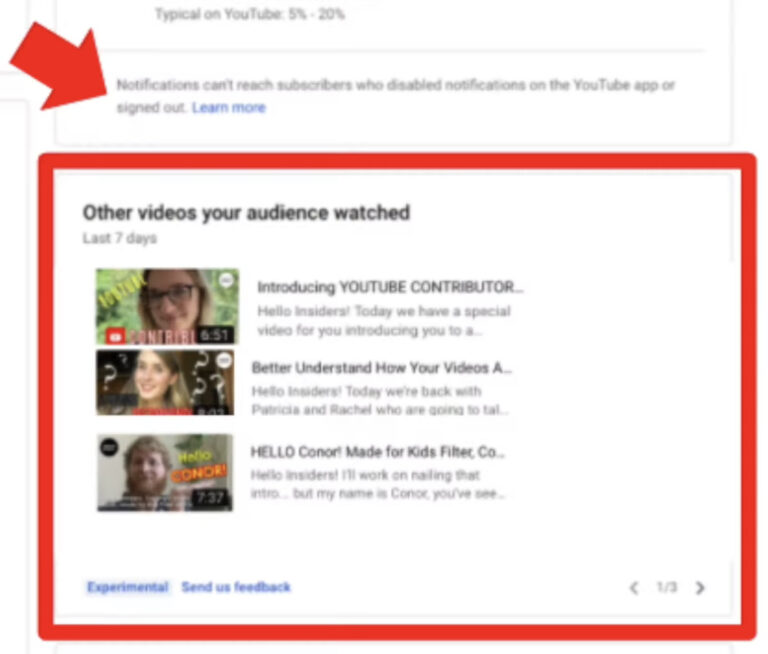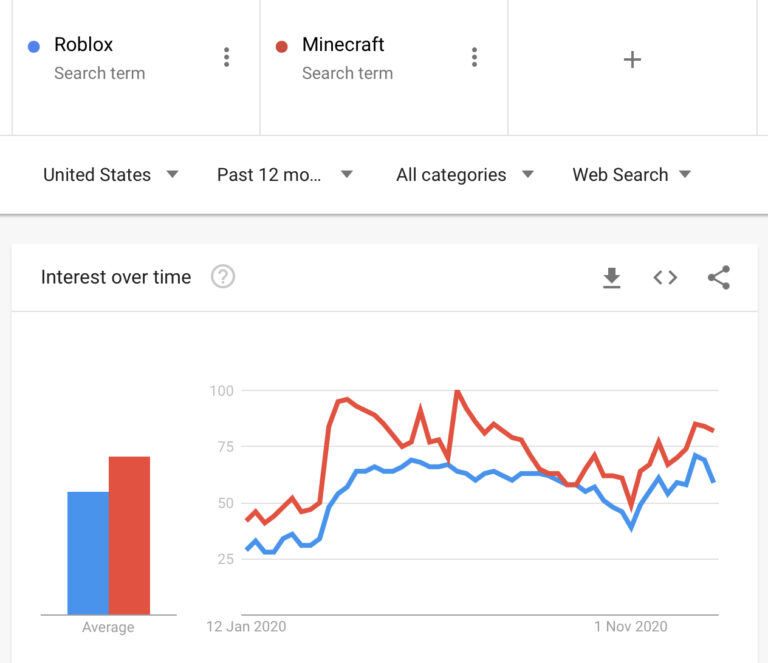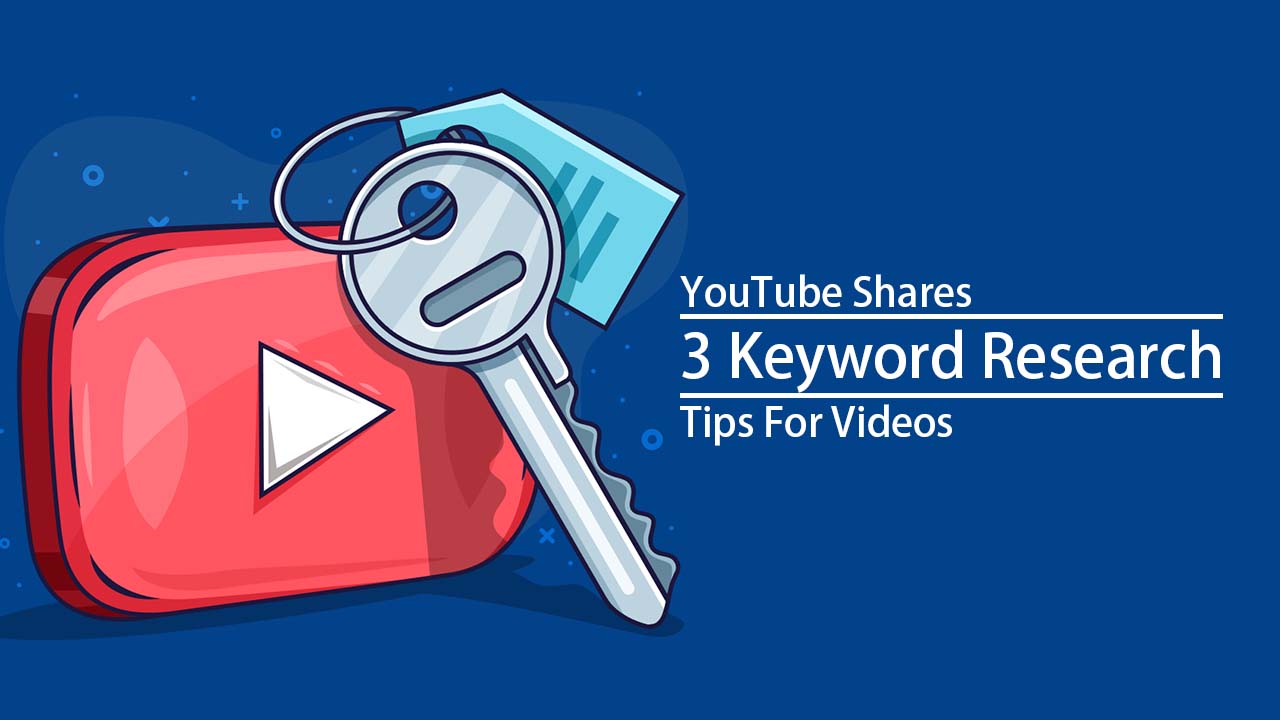YouTube provides guidance for videos on competitive keyword analysis, and addresses a variety of other questions regarding its algorithm of search and discovery.
A member of the search and discovery team answers user questions during the first upload of the year in what has become a regular series on YouTube’s Creator Insider page.
One of these concerns focuses on research into keywords and how to measure which video topics can resonate with users.
Here’s a rundown of the questions and responses, beginning with the keyword research question first.
Keyword analysis from YouTube
When researching which keywords to use in a video, what is a good way to calculate the probability that users’ suggestions will surface?
These three strategies are suggested by YouTube for keyword research:
- Audience Insights
- Google Trends
- Competitive Analysis
Audience Insights
An Audience Insights card is inside YouTube Analytics that tells creators what other videos their audience is watching.

This can be a valuable source for keyword research as you can discover new subjects that you hadn’t considered before that your viewers are interested in. Creators should pay careful attention to the Viewer Insights card’s titles and thumbnails of videos. As a way to direct the optimization of your next images, examine the similarities.
Google Trends
This one may be obvious to SEOs, but as a way to keep updated about the topics are popular right now, YouTube recommends Google Trends.
You may join several subjects with Google Trends and compare their popularity over time to see which one is currently generating the most interest.
Let’s take on two hugely popular YouTube topics: Roblox and Minecraft. Which, right now, is more popular? Let’s take a peek.

You can see how there was a period when the two subjects were similarly common in September 2020, but now the gap has grown and Minecraft is creating the most interest. It looks like Roblox’s popularity is also decreasing. Google Trends can help inform your decision if you have a few topics in mind and can’t tell which one should be the subject of your next video.
Competitive Analysis
Competitive analysis is another technique SEOs are familiar with. In YouTube’s search bar, this includes entering keywords and seeing what you can learn from the most popular videos.
Analyze components, such as names, thumbnails, explanations, intros, video chapter usage, ad placement, etc.
Your aim is not only to decide what motivates users to click on the link, but what keeps them watching until the end.
Other Algorithm Questions
There are some additional questions answered by YouTube about its algorithm. Here’s a list of all the other items mentioned.
Upload Frequency
Is it easier to occasionally post videos? Or is it necessary to let wide gaps of time between video uploads elapse?
The optimal frequency of uploading is more reliant on the audience and how much content they are able to consume. There are people that love content that is binge-watching, and those who tend to watch a video every few days.
There is no standard solution that will work with all platforms, as it applies to YouTube’s discovery algorithm. The algorithm is designed to surface videos based on how users respond when in their recommendations they see such videos.
If you upload content on a regular basis, but most of your audience unwatches those videos, then that will influence how the algorithm surfaces your videos in the future.
To see what works best for your particular audience, YouTube recommends experimenting. Based on what you hear, then adapt to their viewing habits.
Monetization
Is it true that there is a greater chance that monetized videos are recommended over non-monetized videos?
The search and recommendation system of YouTube is unable to recognise which videos are monetized and which ones are not. Separate from each other are the advertising and exploration schemes.
No, monetization has no effect on which videos are recommended to users in order to address the query. Channels can also momentarily disable monetization without affecting video output.
Taking Breaks From Uploading
For video makers, is it all right to take breaks from posting videos? If there’s an extended period between new content being written, can a channel get hurt algorithmically?
It’s all right for designers to take breaks. It is actively promoted by YouTube and cites facts to back this up.
40,000 upload breaks that lasted between 8 and 60 days were analysed by YouTube. There is no connection between upload breaks and a persistent loss of viewership, it found.
Since taking a break, many channels even gained greater audiences. YouTube’s research showed that when they returned, 25 percent of channels that took a break expanded their audience by 50 percent.
There is no algorithmic penalty for taking a break and the longer the break, the more optimistic the shift in views is, the data suggests. In order to upload daily or weekly, creators do not feel pressured.
YouTube mentions that many creators take breaks in January if you’re trying to find an ideal time to take a break, and that’s when promotional budgets begin to run dry.


